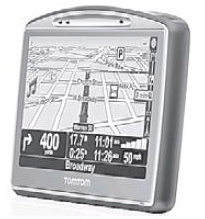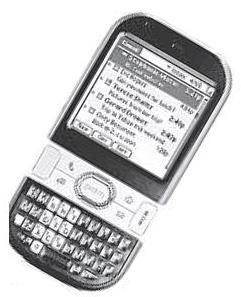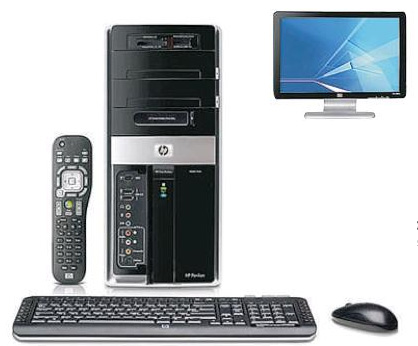Katherine Dedyna
Sun

Photograph by : National Post
VICTORIA – Robin Adams has turned the volume of her iPod toward high as she takes in The Best of Queen on her ride home from work on the Number 11 bus. The passenger next to her can hear a buzz from Adams‘s earbuds, but nothing compared to the rumble of the bus itself.
It’s that dual dose of noise that has hearing-loss experts worried – especially since tuning in to personal stereo equipment is an increasingly common way to ease daily commutes.
“I know I’m screwed,” Adams, an 18-year-old downtown Victoria, B.C. government worker, says with a wince. “I’m fully aware of this but I still choose to listen to my iPod and, with all that noise pollution, if I can’t hear the music, it’s pointless to have it on.”
Even on their own, personal stereo systems turned too high can threaten the long-term hearing health of users, many of them young, says Monica Pozer, Island Hearing Services director of audiology. People would avoid an electric saw at more than 100 decibels but they plug music directly into their ears at the same level, Pozer notes. And once hearing is damaged, it’s damaged for good.
Portable, convenient and personally programmed 24/7, personal stereos make inadvertent abuse easy and give ears no respite, even in noisy places such as buses and gyms.
At times, a bus can emit as much noise as an alarm clock going off, so adding a personal stereo at more than half volume to that “is setting yourself up for early-onset hearing loss” that will affect everyday life and conversation, Pozer says.
Pozer says bus commuters tend to listen at higher than 60 per cent volume settings to compensate for the noise of the bus, which is why passengers nearby can overhear. Cheryl Lane, an audiology grad student at the University of British Columbia, is working on her master’s thesis using a tiny microphone to measure volume levels that people use in real-world settings such as the bus.
“Public transit commuters especially get into trouble when they set the volume of their music so that they can hear it just as loudly on the bus as in a quiet place,” she and audiology professor Lorienne Jenstad explained in an e- mail. “Many of these listeners don’t realize that although the loudness may seem equivalent, the intensity is much higher on the bus; dangerously higher, in fact.”
Turning up the volume will make it “dangerously loud for your hearing health, “ they warn. “Should current listening habits continue, widespread hearing loss due to MP3-player use could become a reality.”
She says “a lot” of young people have hearing loss in the higher tones, which can be caused by loud music. The damage makes it harder to hear and distorts what is heard, whether it’s conversation or music. “The more they listen to it, the louder they listen to it, the more the hearing loss is likely to occur,” Pozer adds.
So far, Adams hasn’t noticed any hearing loss, but she’s aware that even short spurts of super-loud music via earbuds can do damage. “It would be nice if I had some hearing when I’m old and senile,” she says.
NOW HEAR THIS
Experts suggest ways to avoid hear loss when using a personal music system:
– Read the packaging and set the volume at 50 per cent or lower. That means safe listening for as long as you want. Even a 60-per-cent setting is safe for 18 hours in quiet settings. At 80 per cent volume, that drops to 72 minutes.
– Set your volume in a quiet place and resist the impulse to crank it up in noisy surroundings.
– Remember that earbuds trap more sound than foam headphones, so listening times should be shortened.
– Doubling the loudness means you can listen safely only half as long.
– If your ears ring or feel full of cotton after removing your personal stereo, call an audiologist and have these signs checked.
– Consider using earphones that block out external sounds. Some models do this electronically, others by offering a snug fit in or around the ears.
– Take a good look at elderly relatives to see how hearing loss affects their lives and decide if that’s for you.
© CanWest News Service 2008












